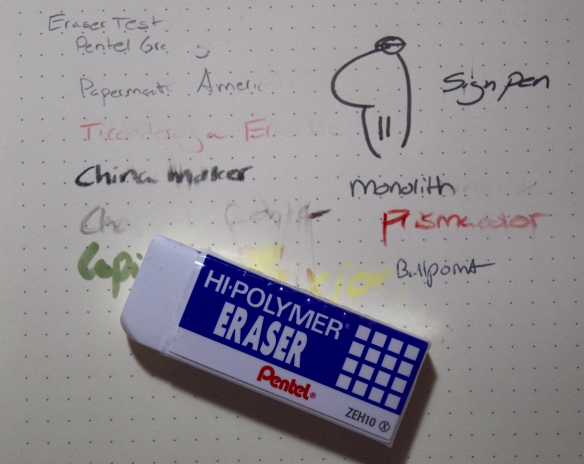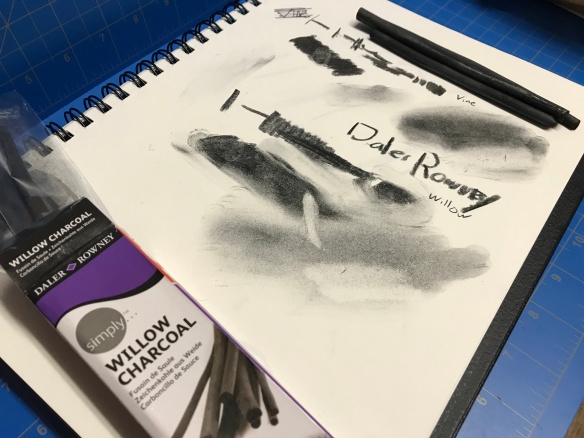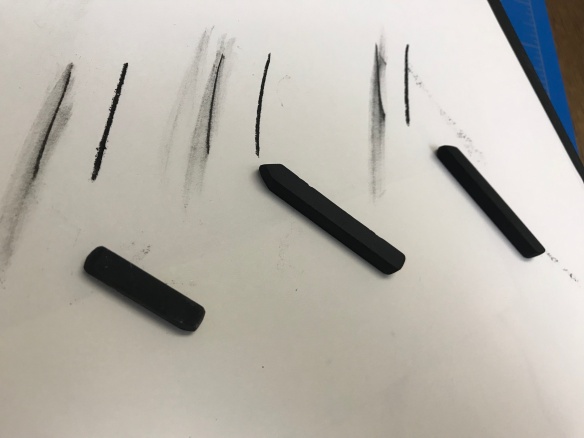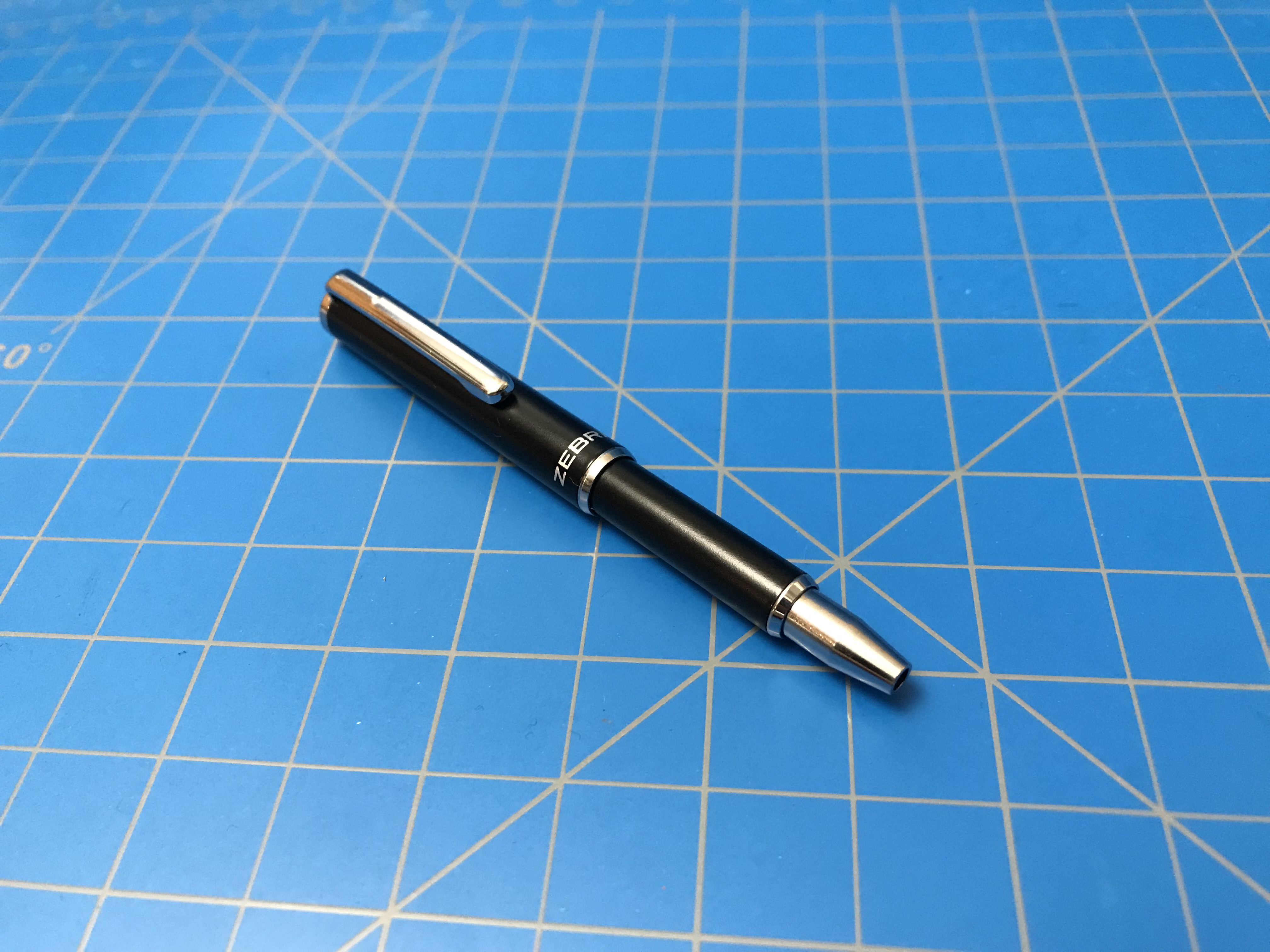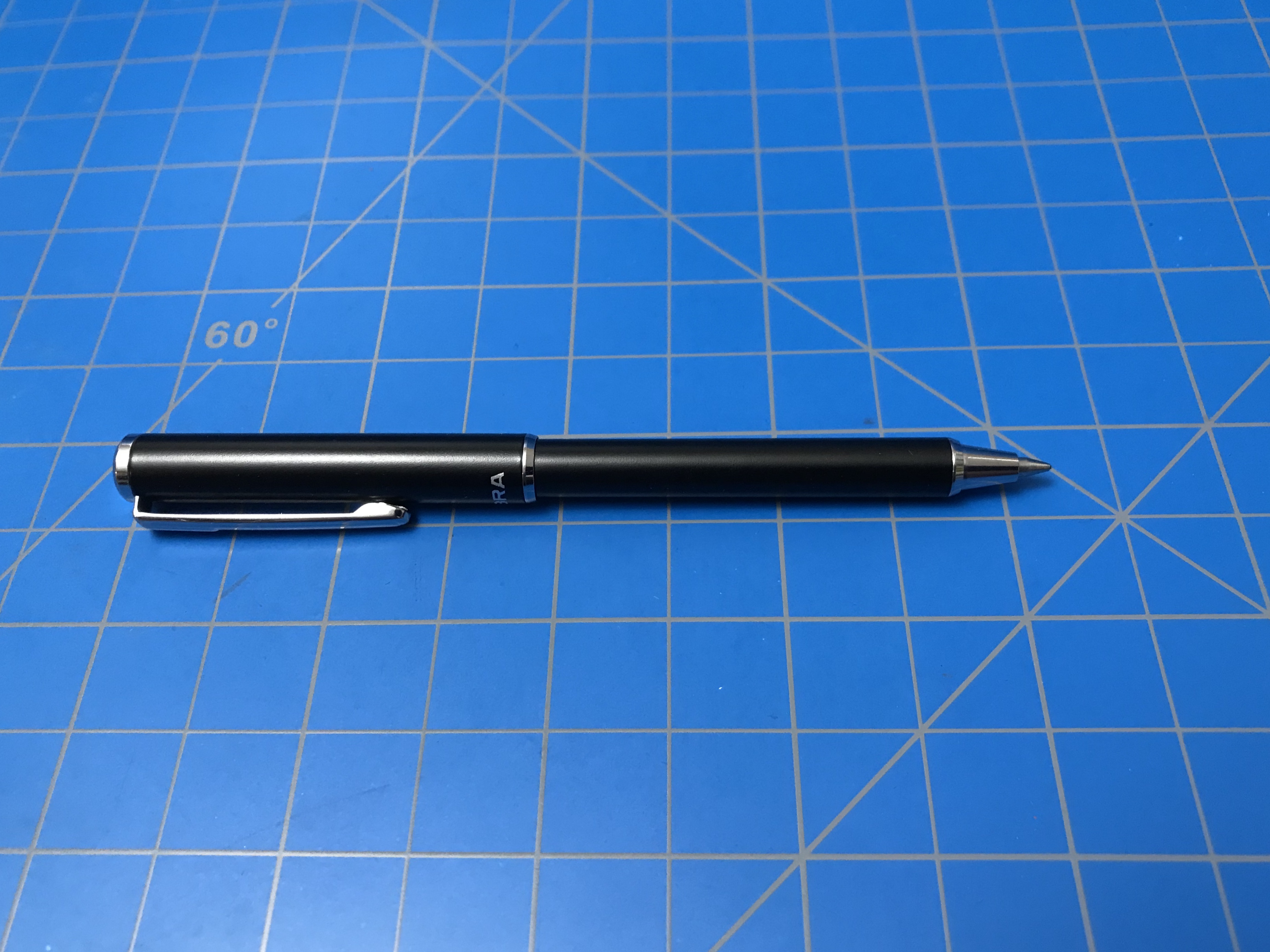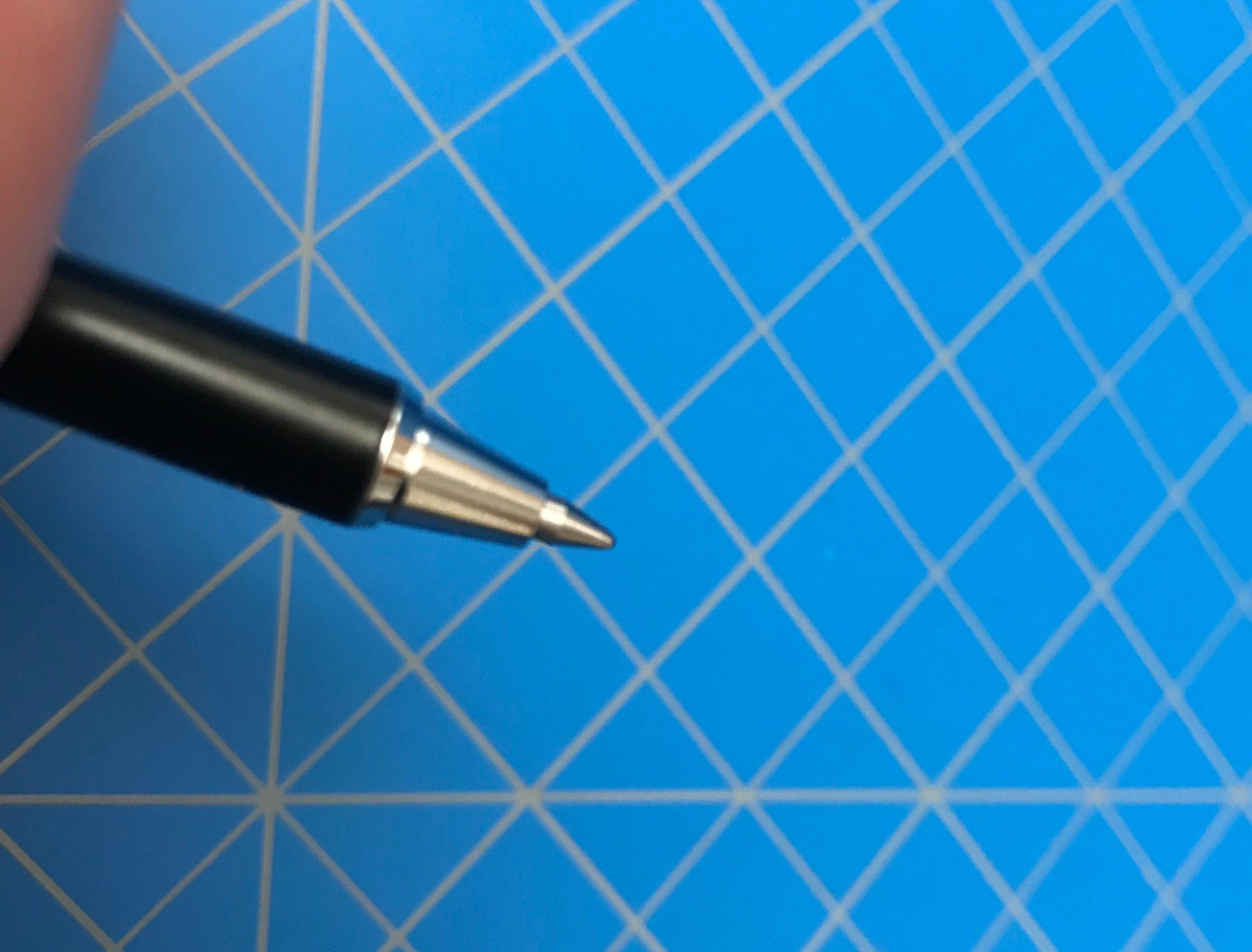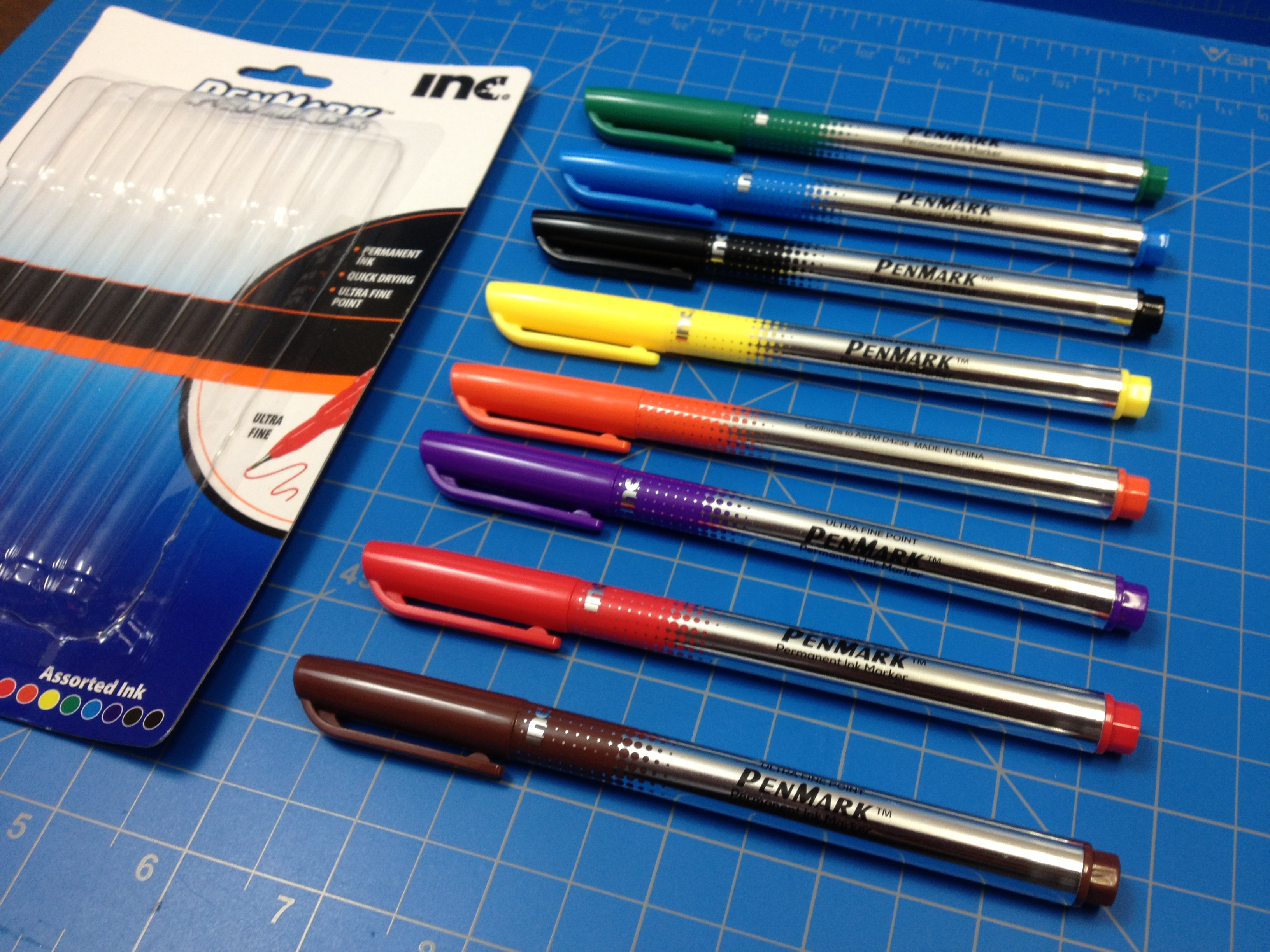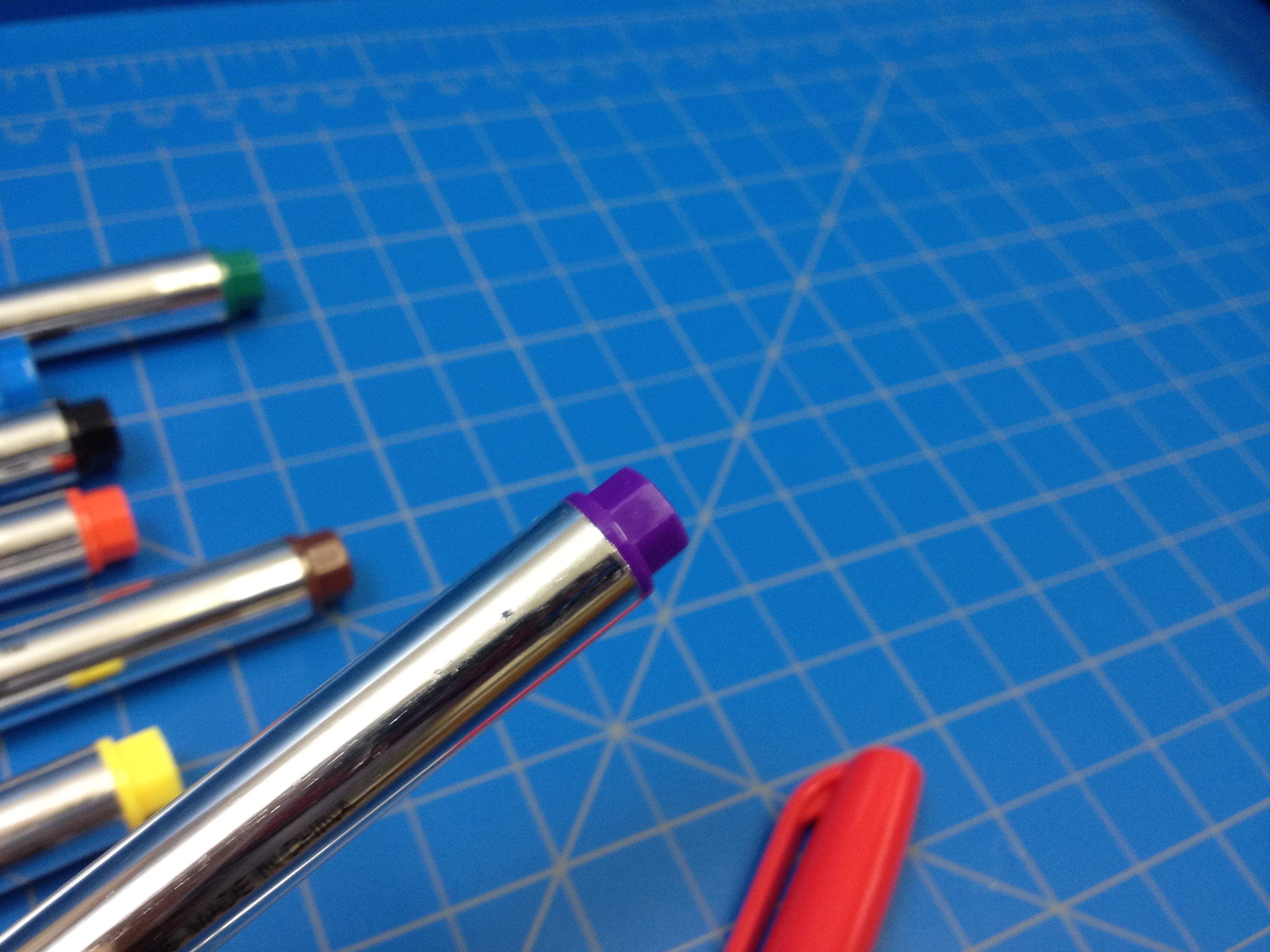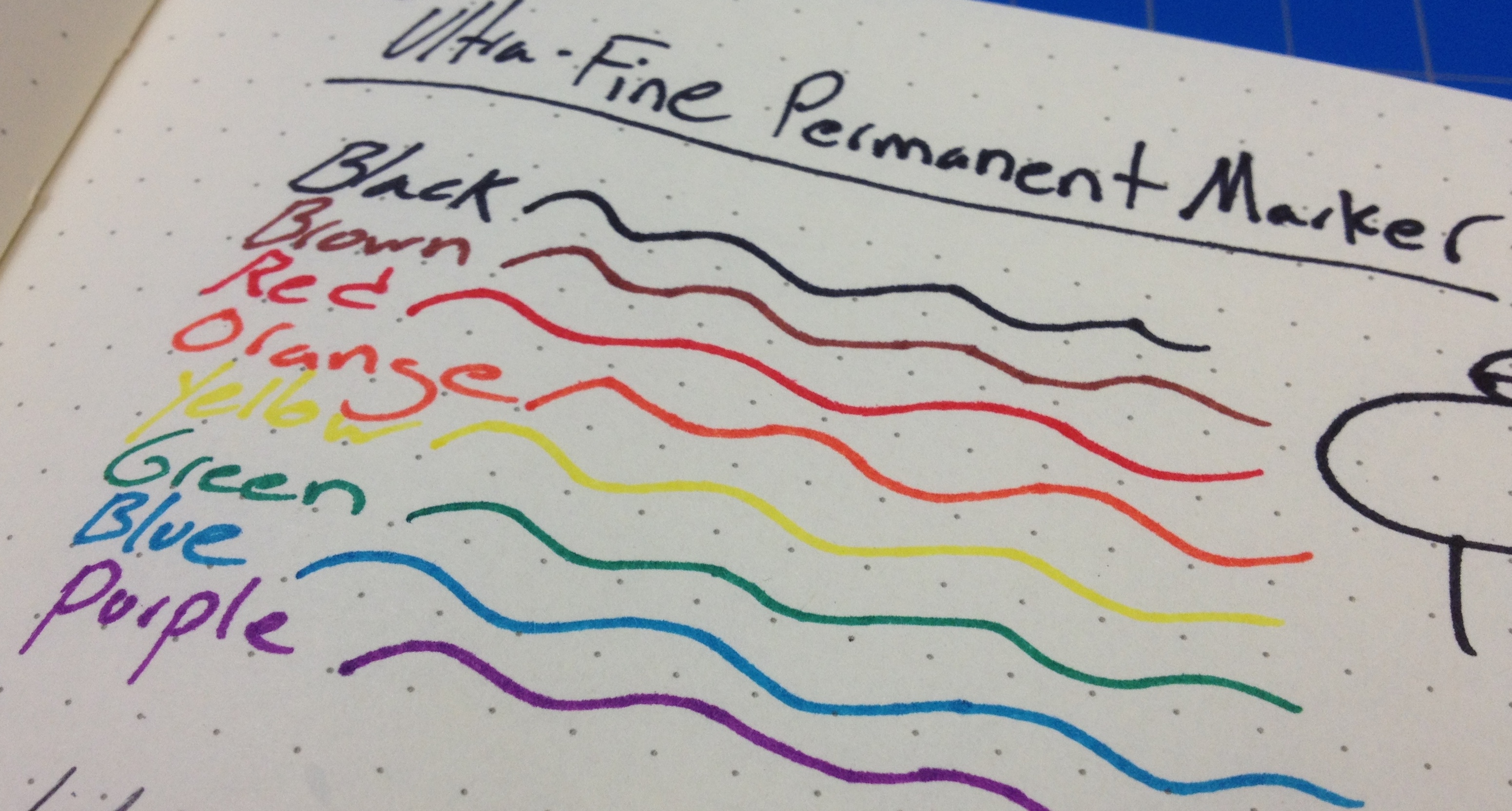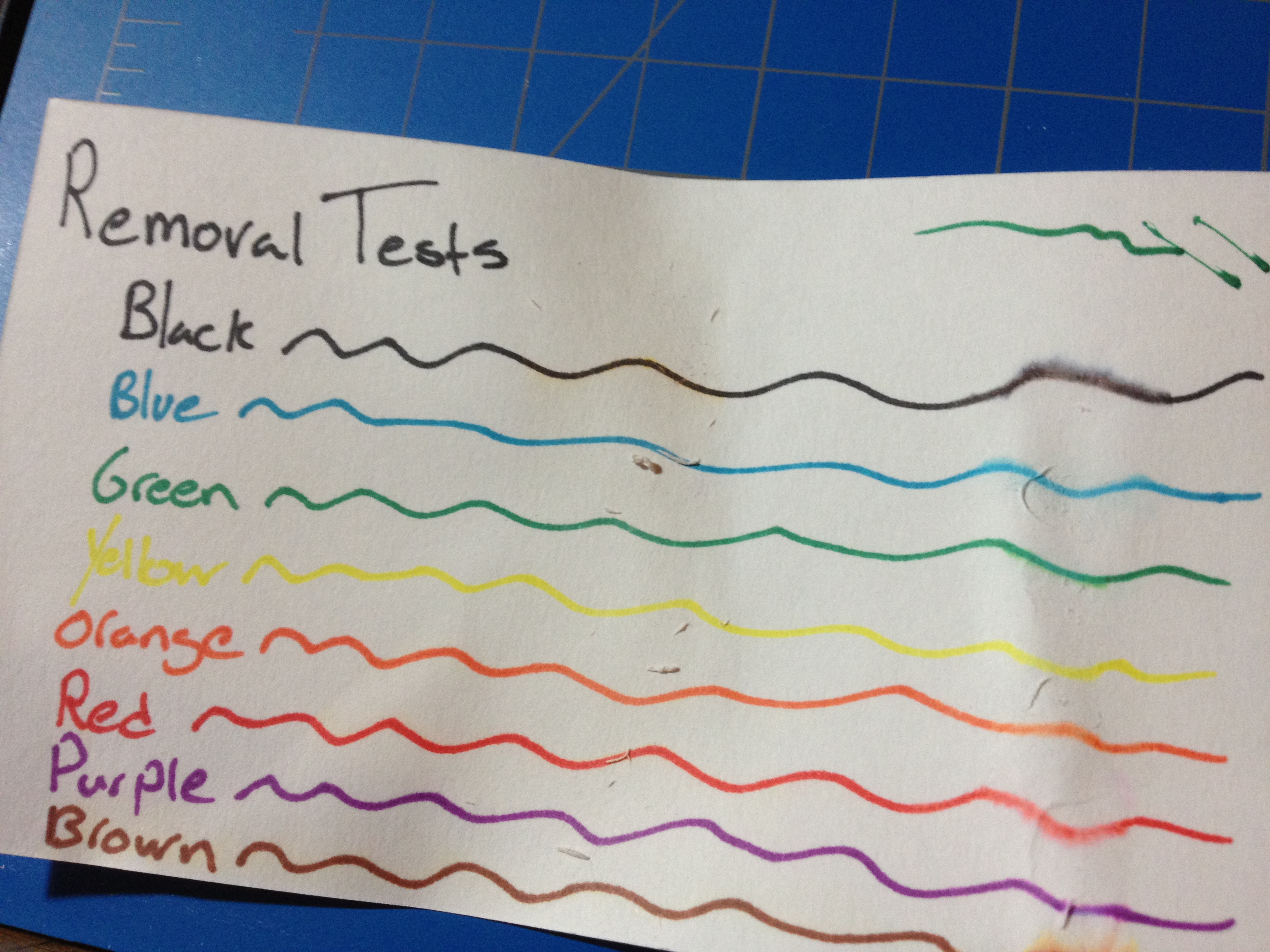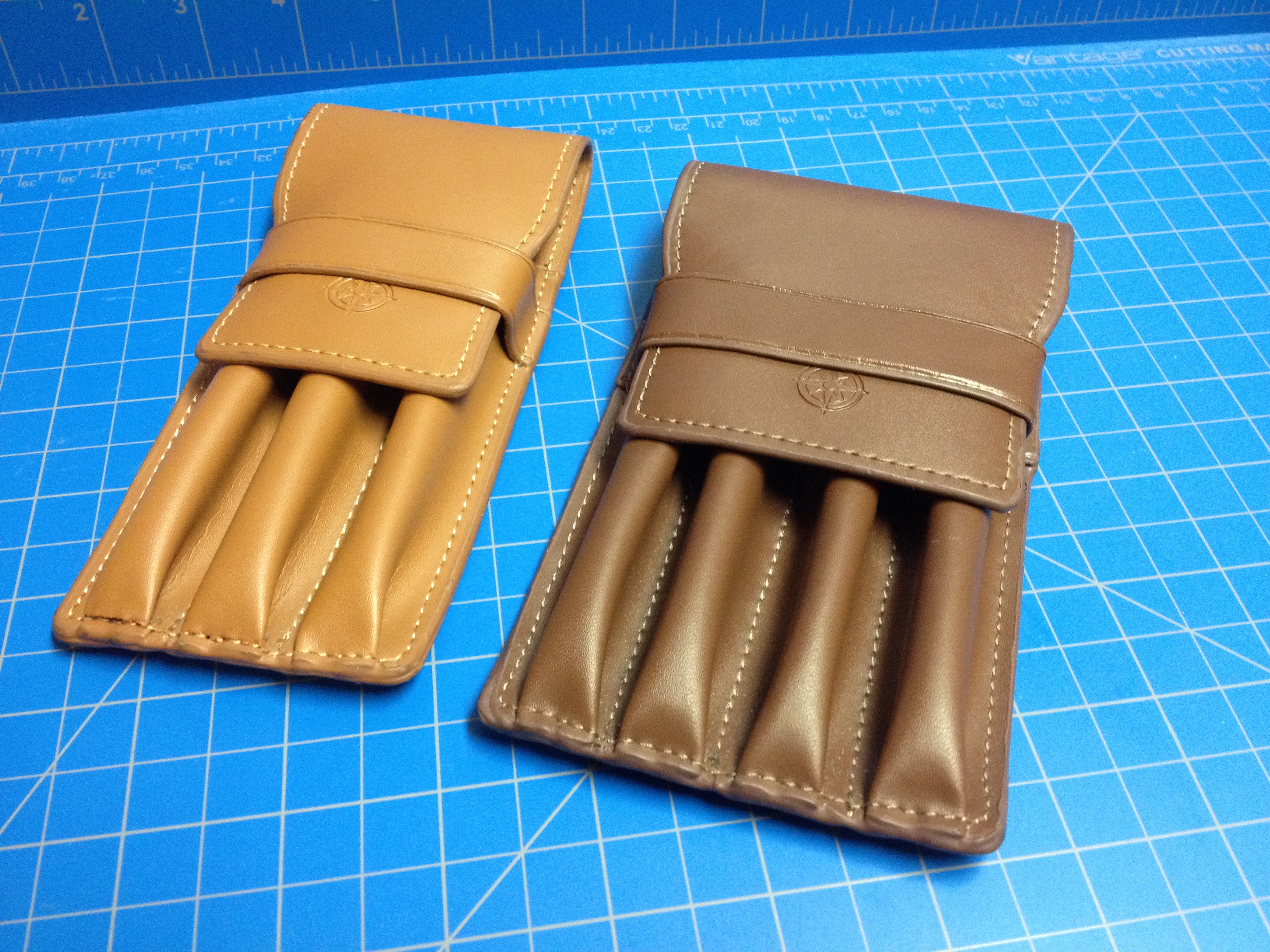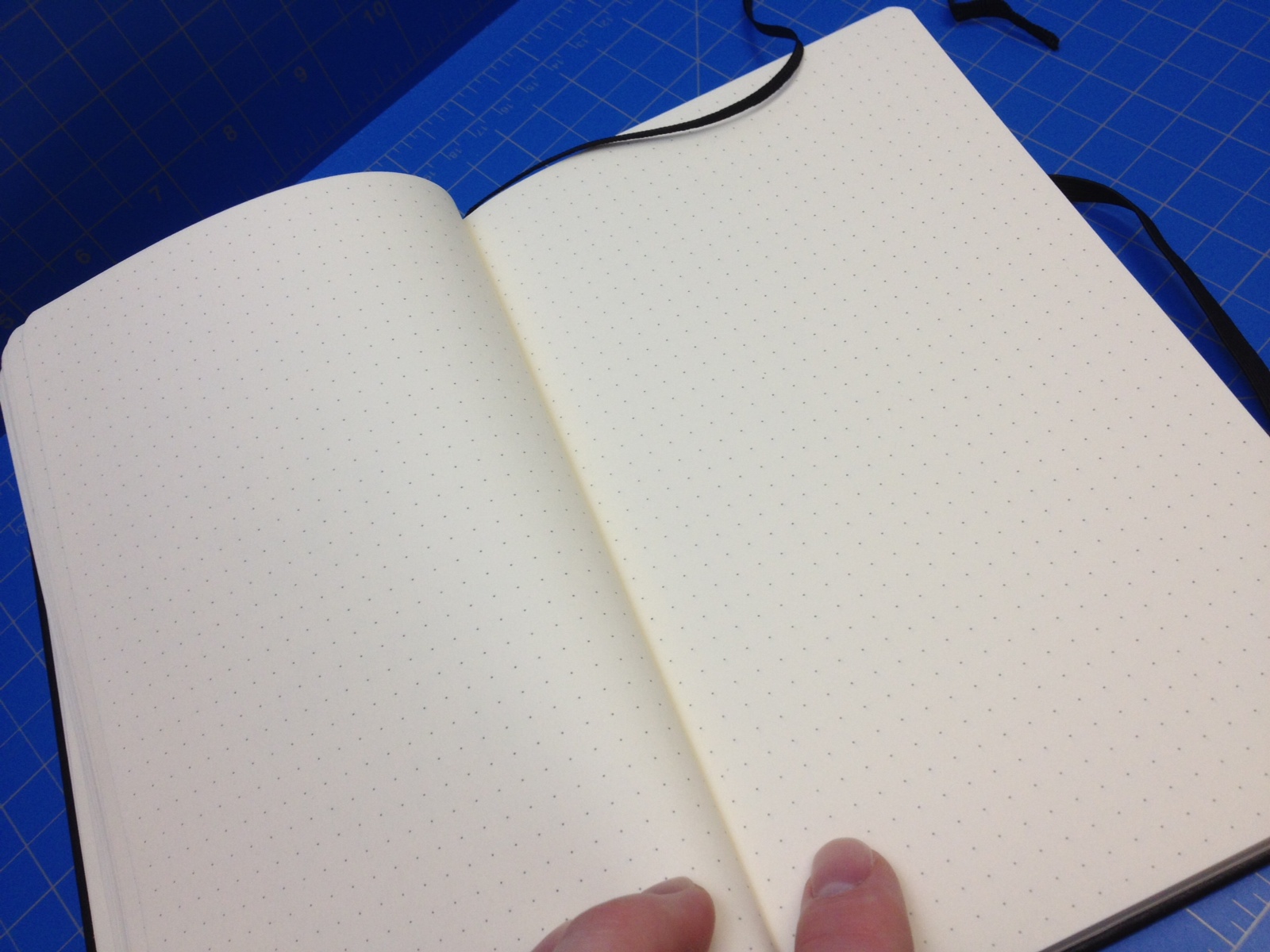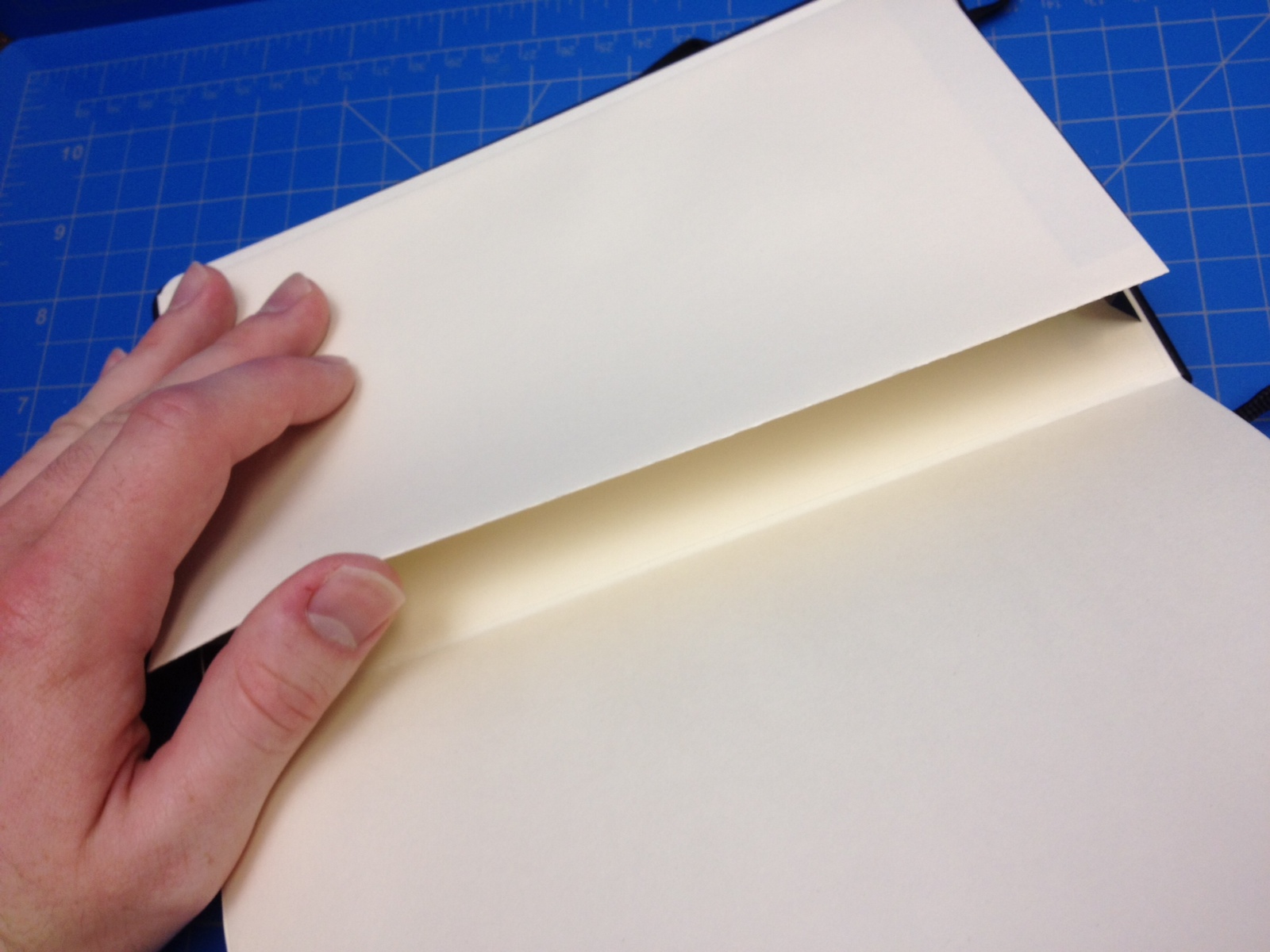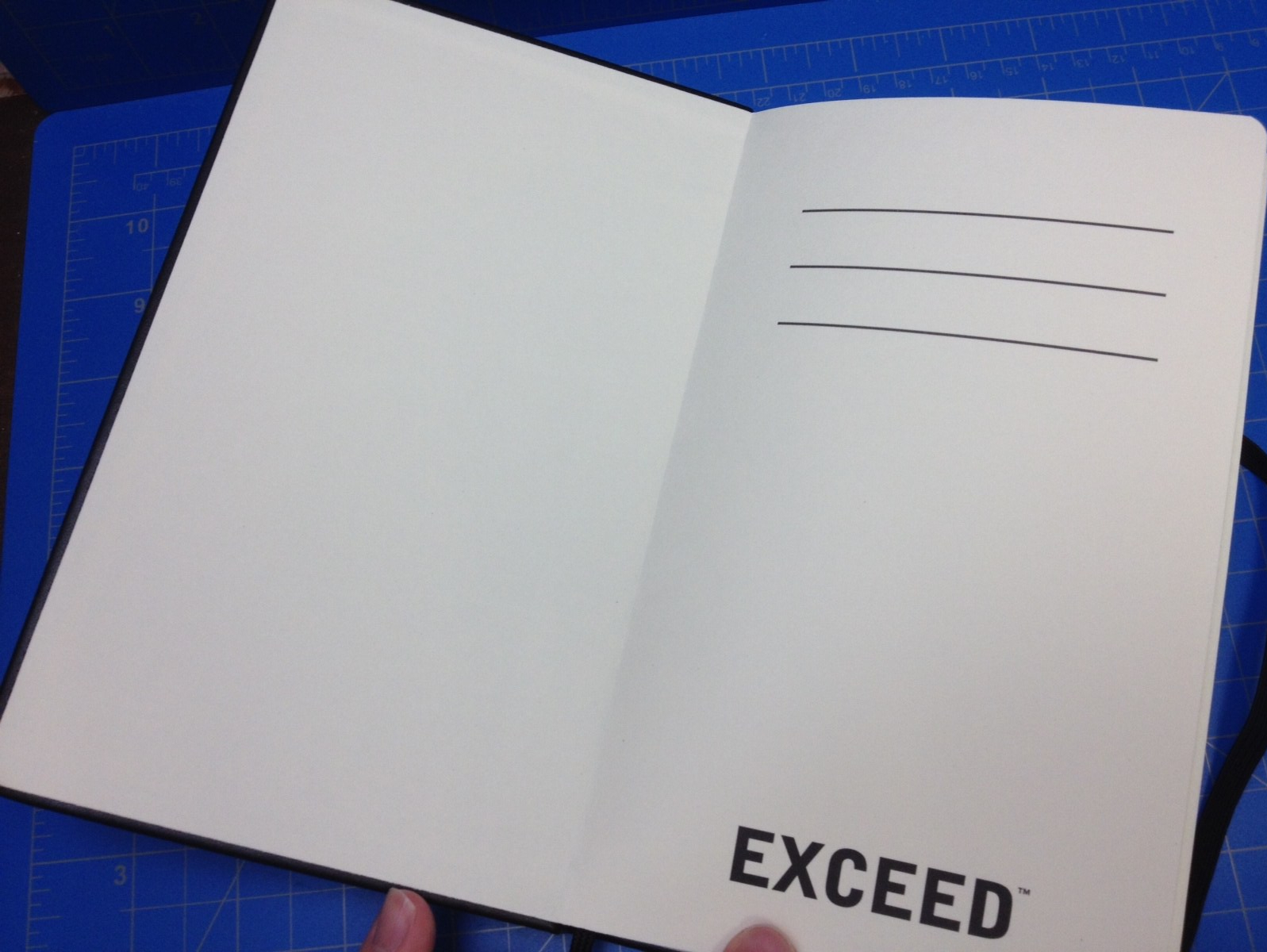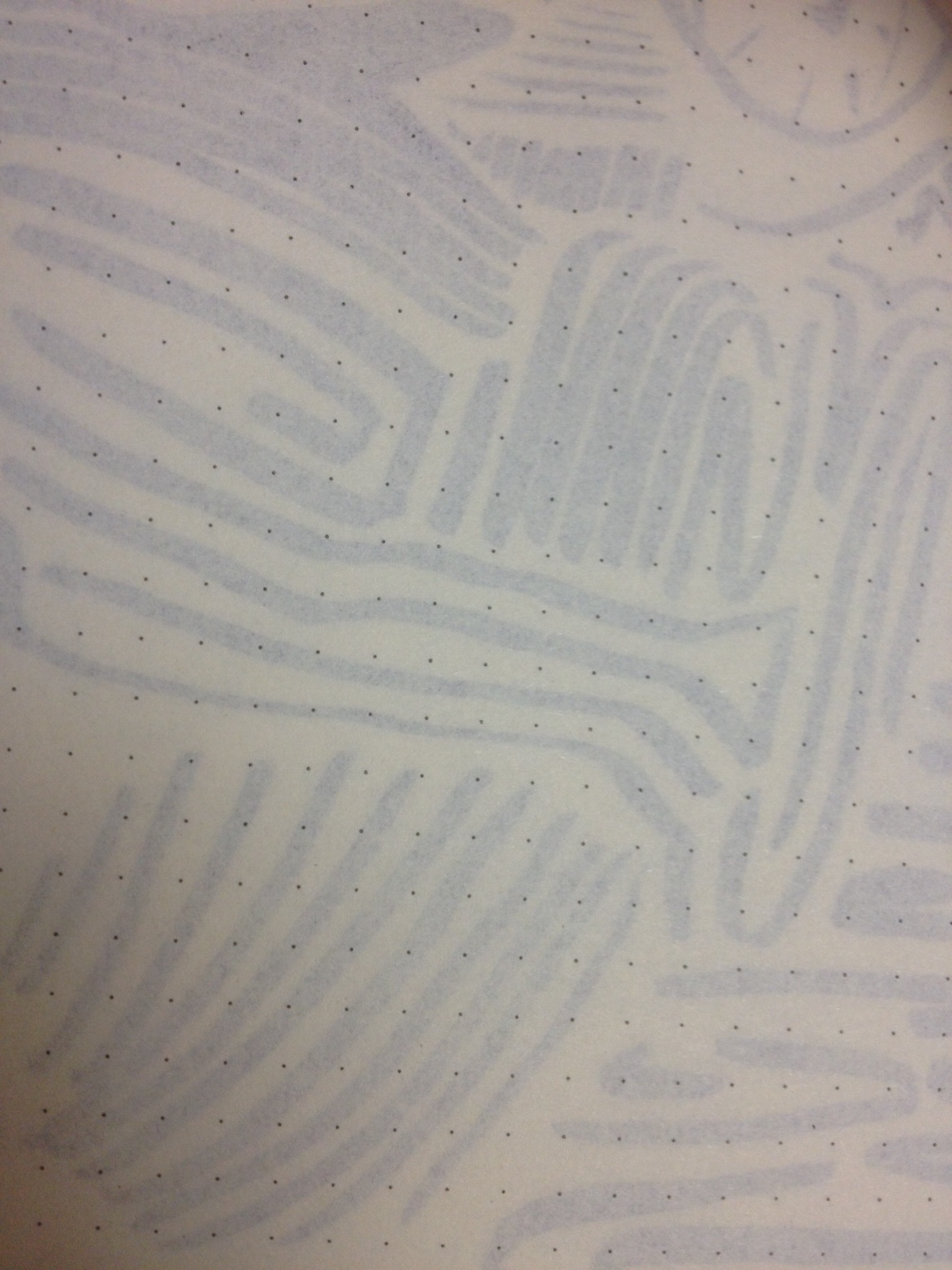For quite some time now, my go-to ballpoint pen has been the Zebra F-301. I carried one around with me every day and have one in each of my various bags. To me, they are a very good compromise between writing performance, durability, availability, and expense. But recently I managed to crack off the plastic grip in my daily carry pen (in quite the unremarkable way, I just fidgeted with it too much and was popping the threads) and even though it is a problem that I’m not likely to replicate in the future, it set me on a quest to find an all-metal replacement that won’t have a similar problem. I’ve been fairly happy with other Zebra products in the past (with the exception of their fountain pen) and I ended up finding the “upgraded” version of the pen I was currently using, the F-701. This all stainless-steel pen with a knurled grip is supposed to be durable, elegant, and precise. Does it live up to its own advertising?
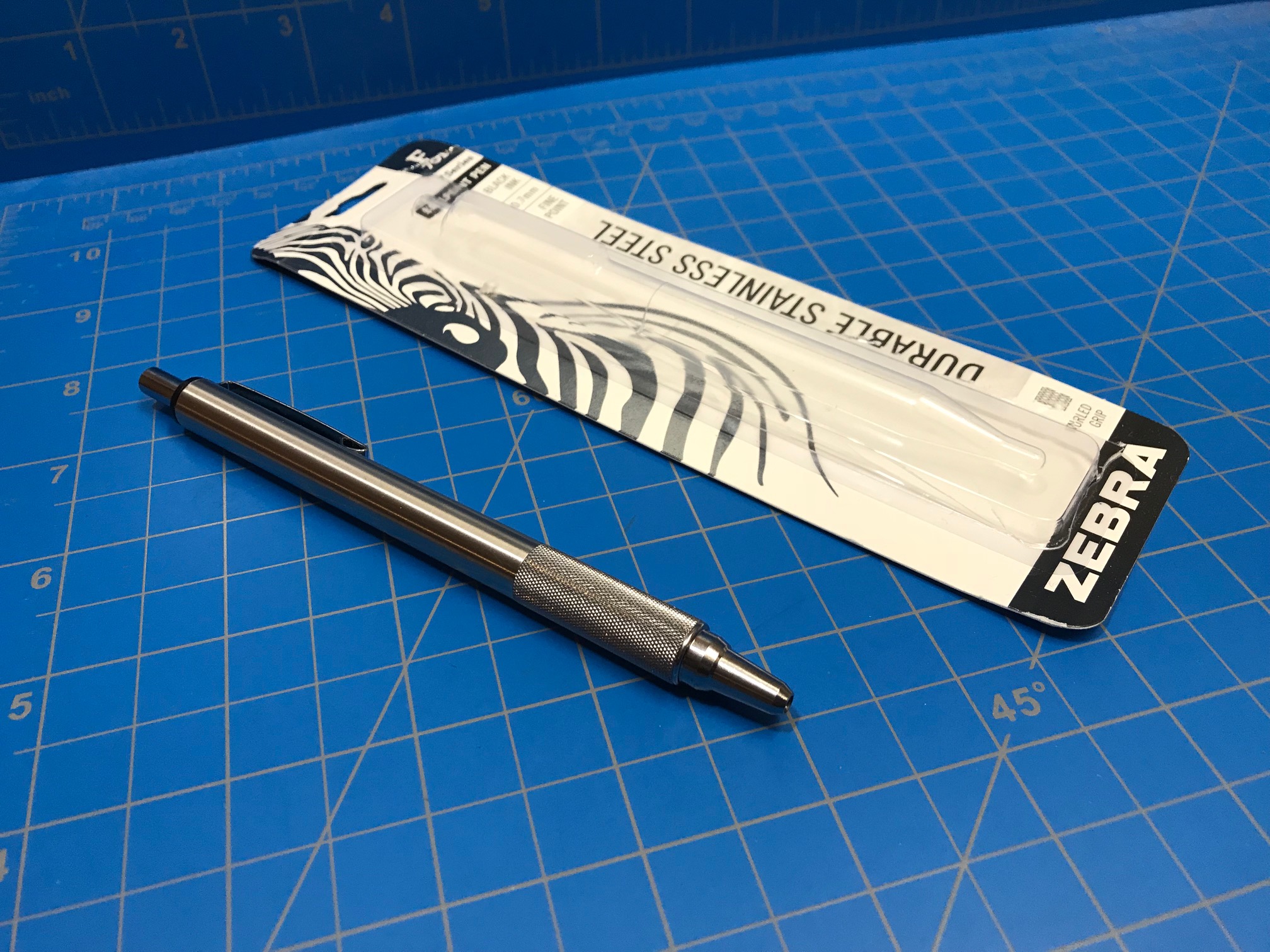
The body of this pen looks simple even when compared to the already minimal F-301. A 3/8ths tubular body uses more than 4 of the pen’s overall 5 ¼ inches in length. The last inch or so from the tip is very finely knurled to form the grip section, after which is a stainless-steel cone with some cosmetic step-downs. This cone screws off, providing the only access to the refill or inside the pen at all, allowing you to see that the walls of the body are about 2mm thick. On the other side of the pen there is a highly polished clip in the bent-spring steel fashion with “ZEBRA” and “F-701” stamped into it that is joined to the top of the barrel with the only bit of exposed plastic on the pen. Above this is a clicker button, which is, in fact, a plastic plunger with a metal sheath. You can theoretically remove this sheath, but there is no reason to (it doesn’t give you access to anything) and it doesn’t look like it will come off under normal conditions.

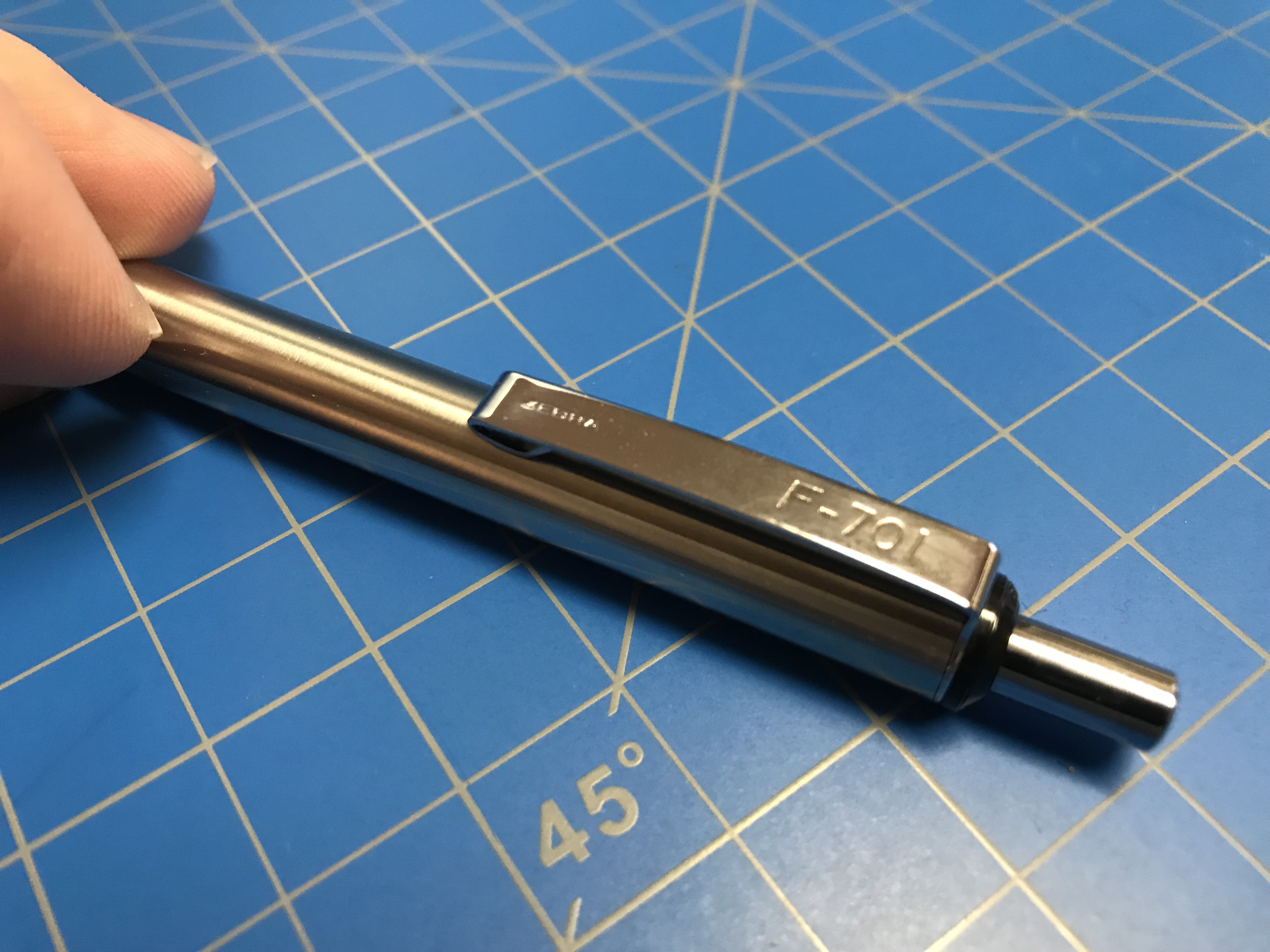
The refill is exactly the same as the refill for the F-301, which means it is fantastically smooth for a ballpoint, with a black that’s dark enough and generally resistant to wear (I believe you could also swap in one of their gel refills if that’s more your thing). This smoothness is added to by the weight of the pen, which is almost twice that of the 301, and it really shrugs off the common complaint that ballpoints require too much pressure to write with comfortably. I can write in cursive with one of these pens as fast and as easily as I could with any of my fountain pens and I get the benefit (or detriment) of that thin, precise line. The clip is almost identical to that of the 301, but it seems to be attached more securely and doesn’t have as much of a problem with bending away and losing its grip over time (but this is still an area that can be improved: I wouldn’t clip on anything thicker than a piece of fabric). The knurling on the grip is superb, completely removing any slipperiness while being fine enough to not dig into the skin to be noticeable. This, combined with the larger size, will probably be good news for anyone who has cramped up trying to hold onto the 301 series. And finally, the click mechanism is very smooth with a nice amount of back pressure. Despite claims that it is “silent” there is still a noticeable click, but it is much less satisfying. The overall mechanism feels much more structurally sound and is nicer but ever-so-slightly more difficult to push.
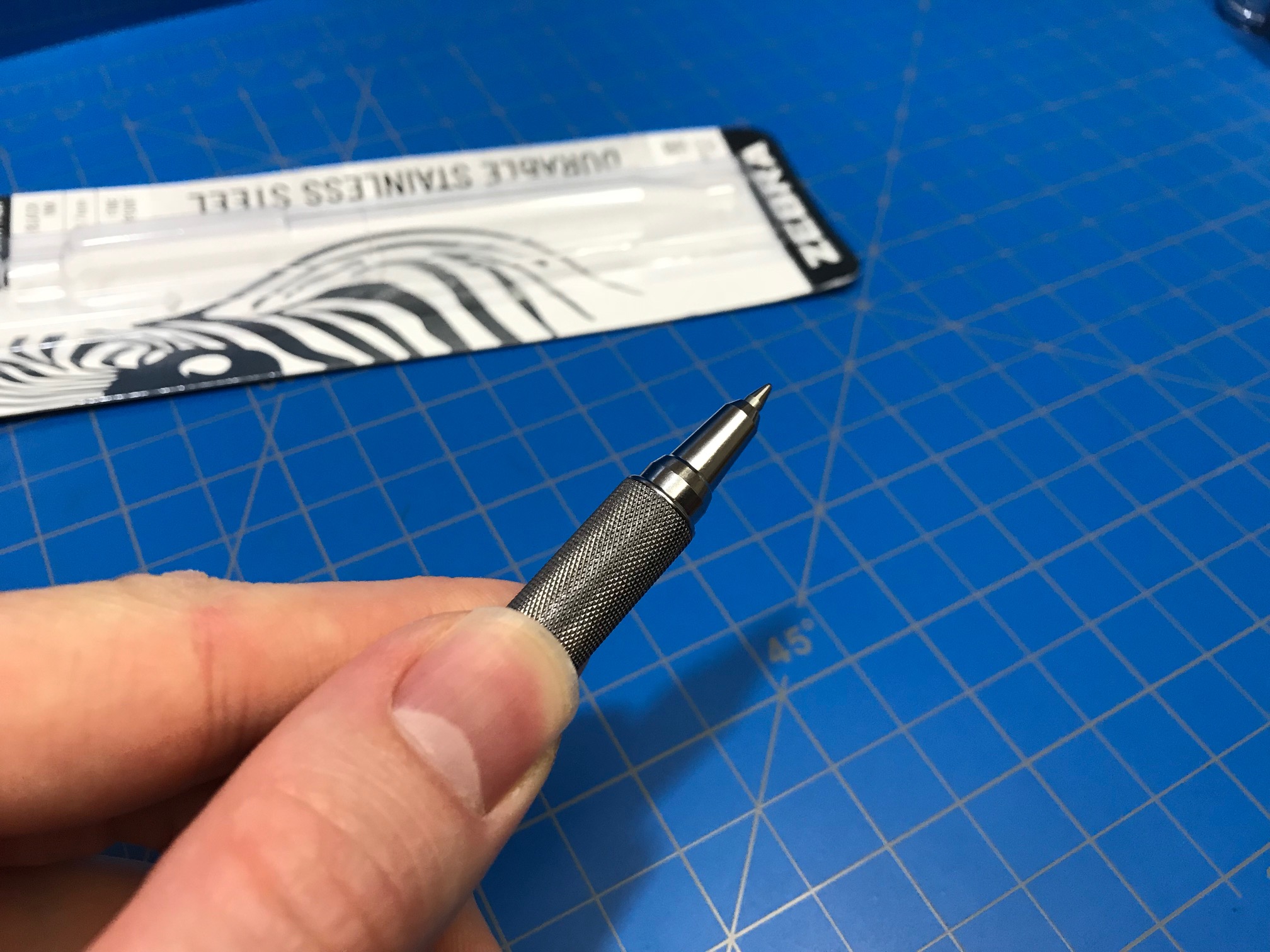
I would consider the 701 an upgrade in almost every way. It is heavier, thicker, and more expensive. But the all-metal body is (even more) rugged, and the feel of the writing experience from click to page is smooth and seamless. My complaints are limited to the clip still being a problem if bent out even just a little, and the habit the shiny metal body (especially the polished clip) has of collecting scratches (some people might also be displeased about the grip being not-grippy enough for them, or the body feeling cold/heavy because of its metal construction). For the price, I’d say this is the best you could do for a ballpoint, and I might even go so far as to put it up as one of the best ballpoints I’ve ever used.
